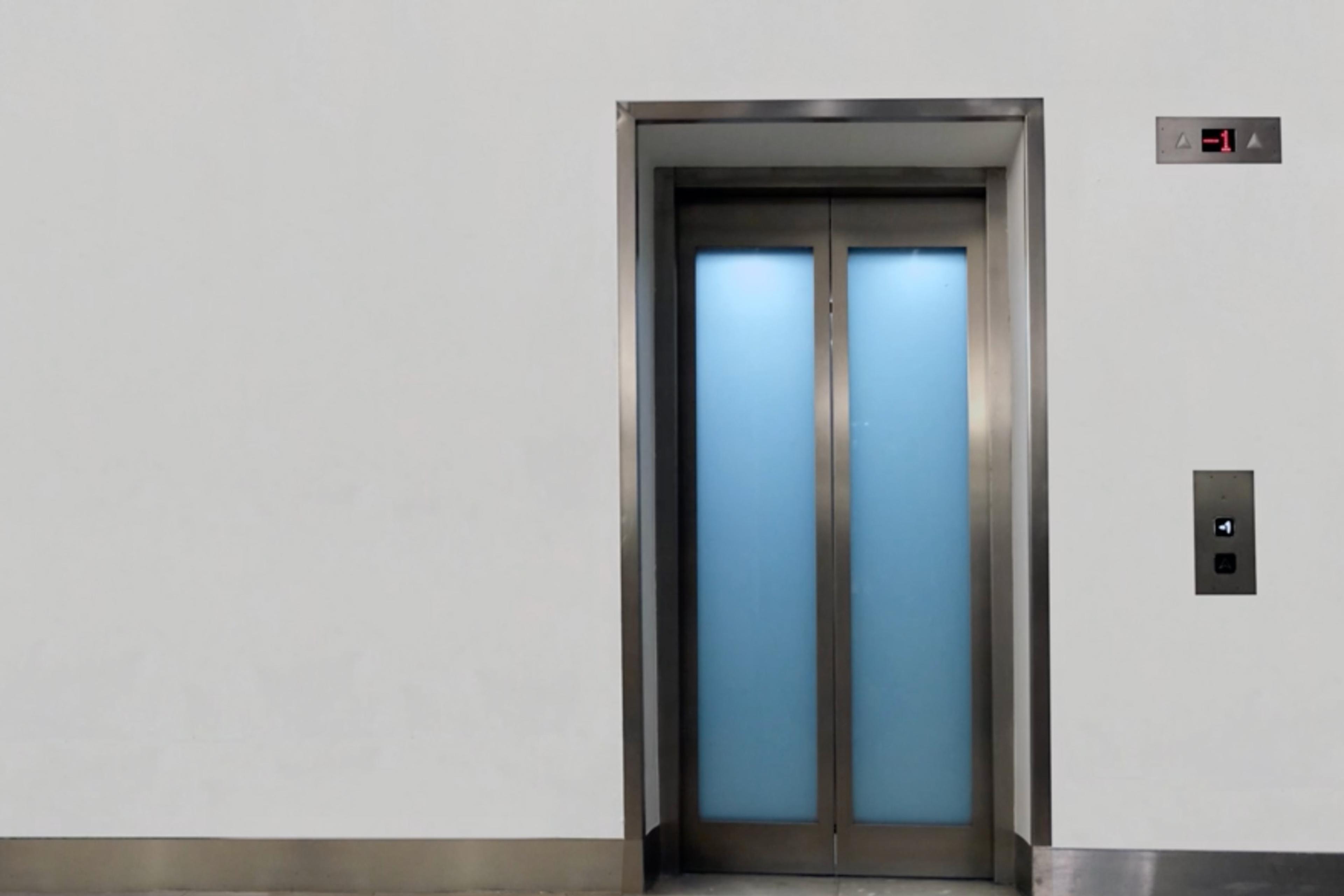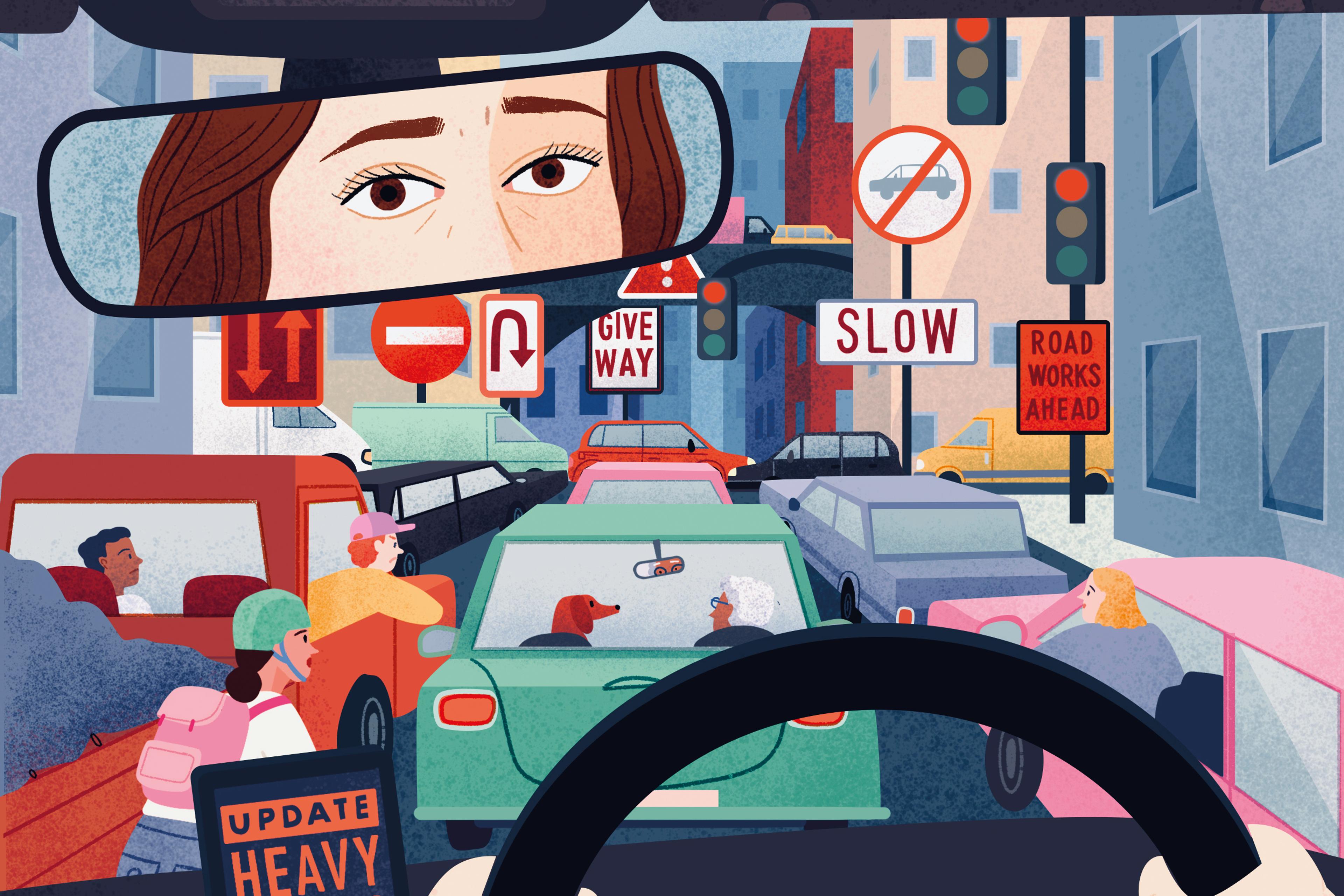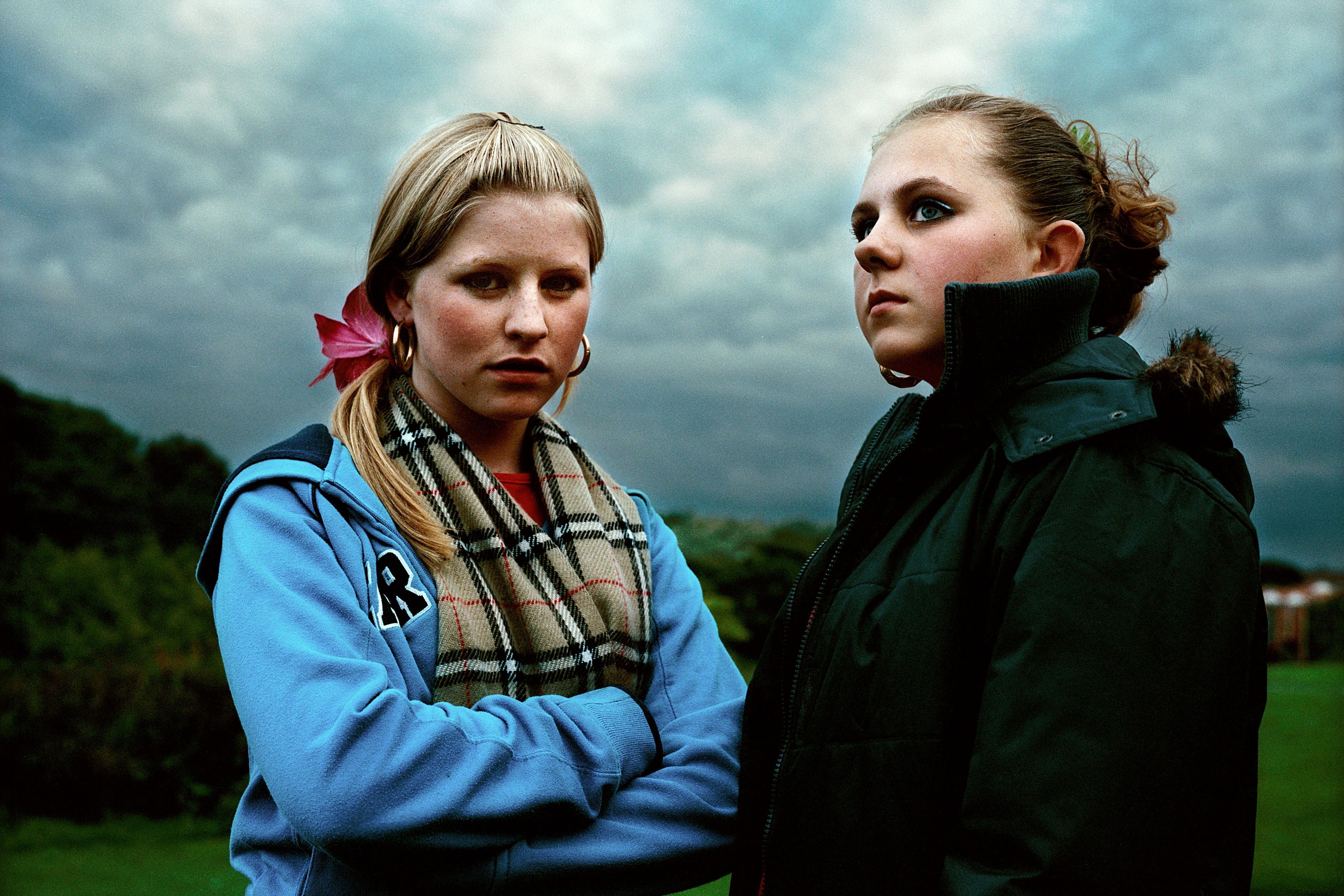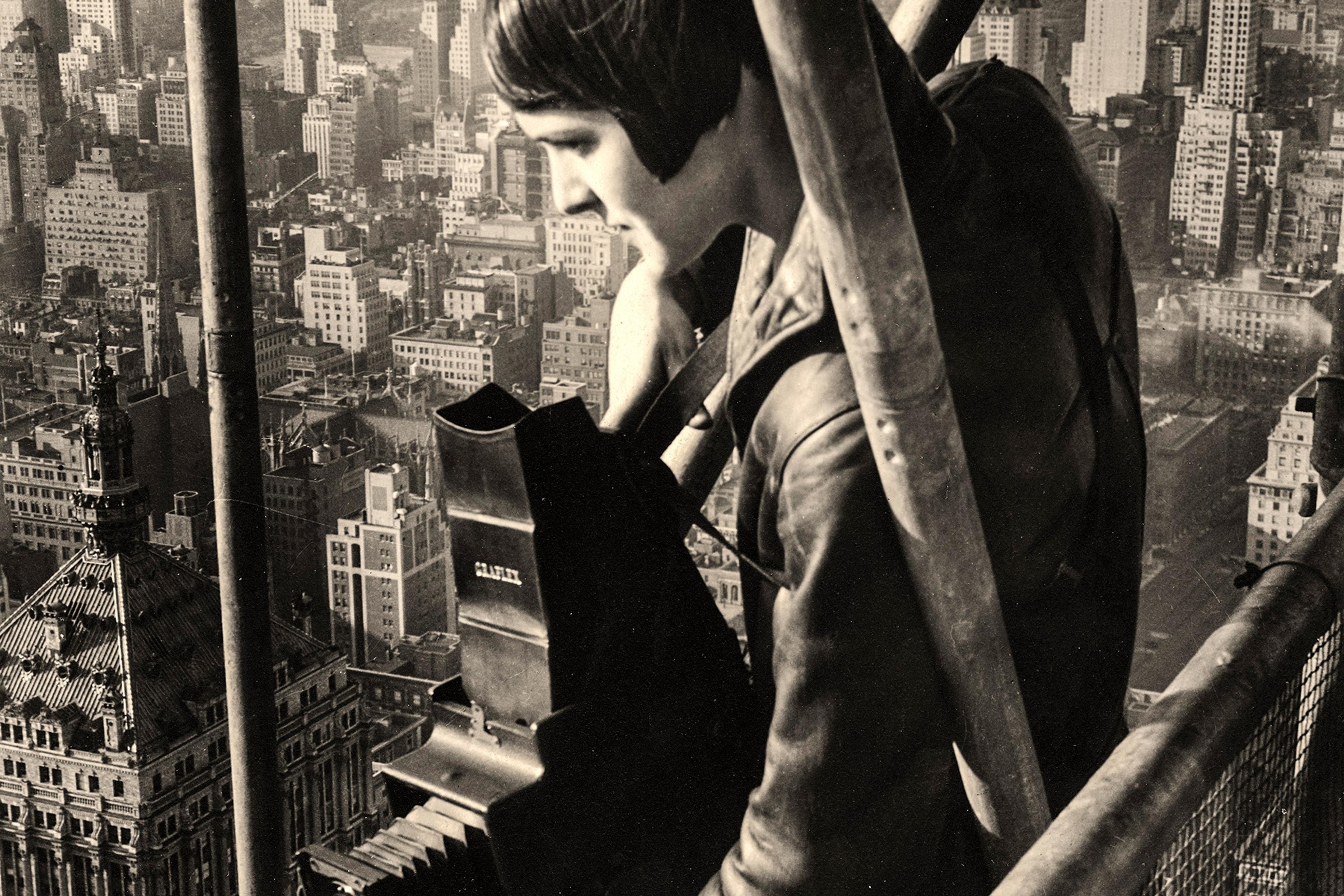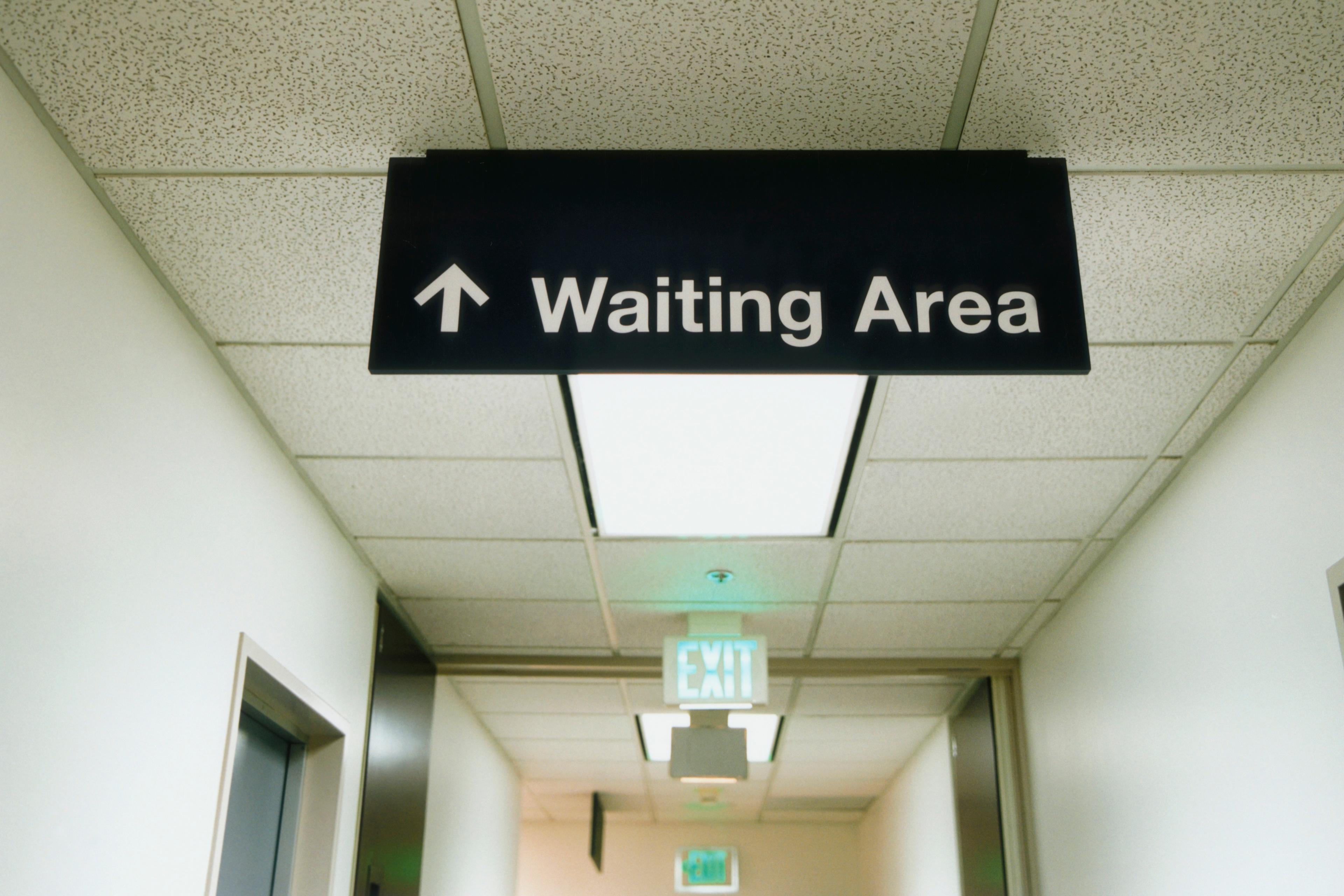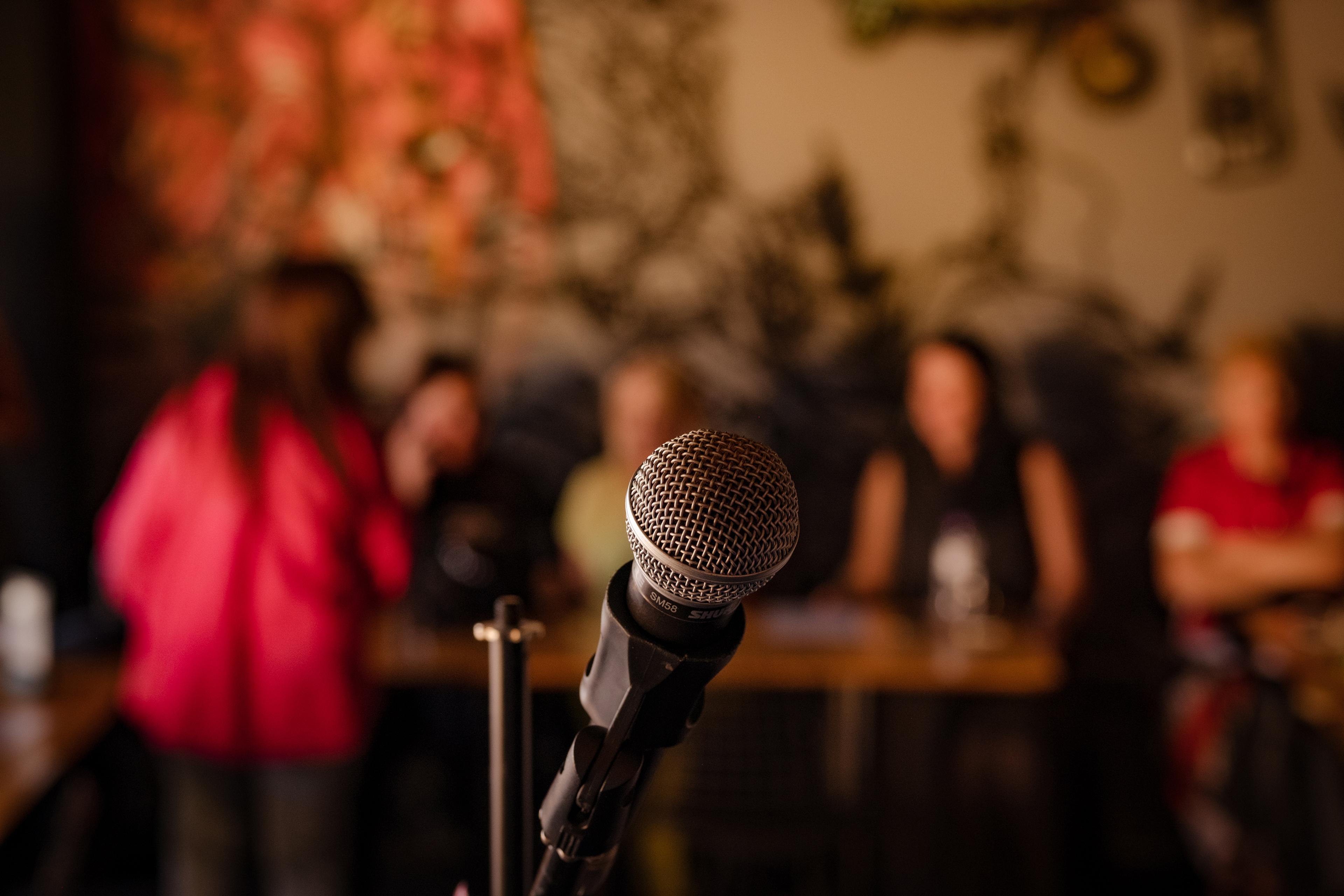One of my therapy clients – let’s call him ‘Andrew’ – was the kind of person everyone saw as confident and charismatic. As the chief revenue officer for a fast-growing startup, he spent most of his time pitching big ideas, negotiating deals and doing media appearances. But like many outwardly successful people, Andrew had a secret: anxiety – and, especially, his fear of it. If you, like Andrew, find fear and anxiety especially uncomfortable, this Guide is for you.
While he projected calm and confidence, under the surface, Andrew got anxious anytime he had to perform: his mind would start racing with worries, and he’d get knots in his stomach and start sweating. And despite travelling frequently for work, he got anxious and panicky anytime he had to fly.
Over the years, he’d developed a collection of tricks to hide or escape the anxiety: he wore black shirts to mask sweating, meticulously memorised routes to the nearest bathroom for emergencies, and most importantly, always carried Xanax or Propranolol (a betablocker that slows heart rate). While Andrew continued to be successful in his work, he came to see me because, as he put it: ‘I’m tired of running away from all this anxiety and want to deal with it instead of masking it.’
How a fear of fear perpetuates anxiety
We all feel afraid from time to time. Often it’s a reasonable or helpful fear, like feeling scared when you hear sudden footsteps behind you late at night. Sometimes it’s unreasonable or unhelpful, like being afraid of flying despite statistics showing travelling by plane is safer than by car. Either way, most of the time these fears come and go without giving us too much trouble. But for some people like Andrew – and perhaps you too – everyday fears morph into more intense forms of chronic anxiety. Very often this has nothing to do with childhood traumas or faulty brain chemistry, and instead, it has everything to do with a lesson you’ve unintentionally taught your brain – to fear fear itself.
When you encounter something potentially dangerous and you experience fear, your brain tells your adrenal glands to release a little adrenaline to help you cope with that danger. This surge of adrenaline might not feel good, but it’s a mental and physical performance enhancer. So far, so good, but what most people don’t realise about the brain’s fear centre is that it can learn to be afraid of anything – including its own mental and physiological response to fear. If you treat something as dangerous by repeatedly trying to escape or eliminate it, that teaches your fear centre to classify it as a threat. That applies as much to your own fear response as it does to external threats, creating a vicious cycle.
Consider how this plays out in the context of Andrew’s performance anxiety. Like everyone, Andrew gets a little anxious or nervous in high-stakes situations. But then he also starts worrying about his anxiety – that it will get so intense he has a panic attack, for instance, or that other people will notice he’s anxious and think he’s incompetent. So he immediately tries to get rid of it by, for example, taking a Xanax. Even though the Xanax relieves his anxiety in the moment, this habit reinforces his belief that feeling afraid and anxious is itself dangerous. This means the next time he’s about to go into an important meeting, his brain will be more sensitive to early signs of anxiety and then release even more adrenaline as a result, thus fuelling his fear and discomfort.
Fear of fear not only makes ordinary anxieties much more intense in the moment, it can also make you a more fearful person in general. I’m going to share a simple three-step process you can use to overcome this vicious cycle.
Use the AVA Method to undo your fear of fear
You may have heard psychologists say things like ‘Just sit with your anxiety’ or ‘Just allow it to be’. As nice as those sentiments sound in theory, putting them into practice is not easy – I’m in the middle of a panic attack here and you’re telling me to just let it be?! These therapy-speak platitudes are not wrong, just incomplete. To undo your fear of fear, you have to be willing to experience anxiety. But you also need the skill of actually doing it. You need practice.
Over the years, I’ve developed a simple framework called the AVA Method to practise accepting anxiety instead of avoiding it. AVA stands for the three main steps: acknowledge your anxiety clearly, validate it compassionately, and act on your values courageously. Over time this teaches your brain that your anxieties are safe, which leads to confidence in the face of anxiety instead of anxiety about anxiety.
Let’s walk through each of the steps as I used them with my client, Andrew, and his fear of anxiety around performance and flying. Keep in mind that like any new skill, accepting your fears takes practice and patience. While many people feel benefits immediately, it often takes consistent practice for several weeks before your brain really starts to trust that anxiety is safe.
Acknowledge your anxiety
When you first notice feeling anxious, your natural instinct will likely be to avoid it or try and get rid of it – perhaps by taking some anti-anxiety medication like Andrew or using a distraction technique you read about. While you should always consult with your doctor about medication-use changes, consider trying this instead: hit the pause button on this avoidance reaction by simply acknowledging how you feel. You can do this by labelling your feelings with plain emotion words: OK, I’m feeling anxious right now. Or, I’m starting to feel nervous. You may have heard the phrase name it to tame it, which is about how labelling your emotions can decrease their intensity. By acknowledging your anxiety, you’re signalling to your brain that it’s safe, even if uncomfortable. Over time, this safety learning will result in confidence in the face of anxiety rather than fear.
Validate your anxiety
Besides avoiding our fears, we also have a tendency to get judgmental with them and criticise ourselves. For example, after feeling a surge of anxiety as he walked onto a plane, Andrew would often say things to himself like: Don’t be such a baby – why can’t you handle this like a normal person? The trouble is that when you criticise yourself for your anxiety, your brain interprets this as a ‘fight’ response and continues to register the anxiety as a threat. Instead of doing this, try validating your anxiety, which means reminding yourself that however uncomfortable, it is valid and understandable, not bad. For example, you might say: I don’t like getting anxious on planes, but it’s normal to get a little nervous especially since I have a history of anxiety while flying. Or: Just because I feel anxious doesn’t mean anything is wrong. Similar to acknowledging your anxiety, when you validate your anxiety compassionately, you teach your brain that, however uncomfortable, it’s safe. What’s more, you also stop yourself from adding a second layer of anger or guilt on top of the anxiety, which makes the initial anxiety easier to handle.
Act on your values
The final step is to remind yourself of your values and act on those, not on how you want to feel. One of the insights that helped Andrew finally overcome his fear of anxiety was when he realised how much of his behaviour in life was motivated by the desire to avoid anxiety. By taking anxiety medications any time he started feeling anxious, he was depriving himself of the opportunity to teach his brain that anxiety was safe and build the confidence to make decisions based on what he really wanted (his values). So, before going into big meetings, Andrew made it a point to remind himself that authenticity was a core value for him and that he wanted to show up as his full self in his work life even if that meant being nervous. Or, when he started feeling nervous before getting a flight, he reminded himself that ambition was an important value for him, and his work required a lot of travel. Our values are powerful sources of internal motivation. By taking a moment to remind yourself of your values, it will help you take action despite feeling afraid.



